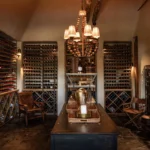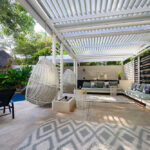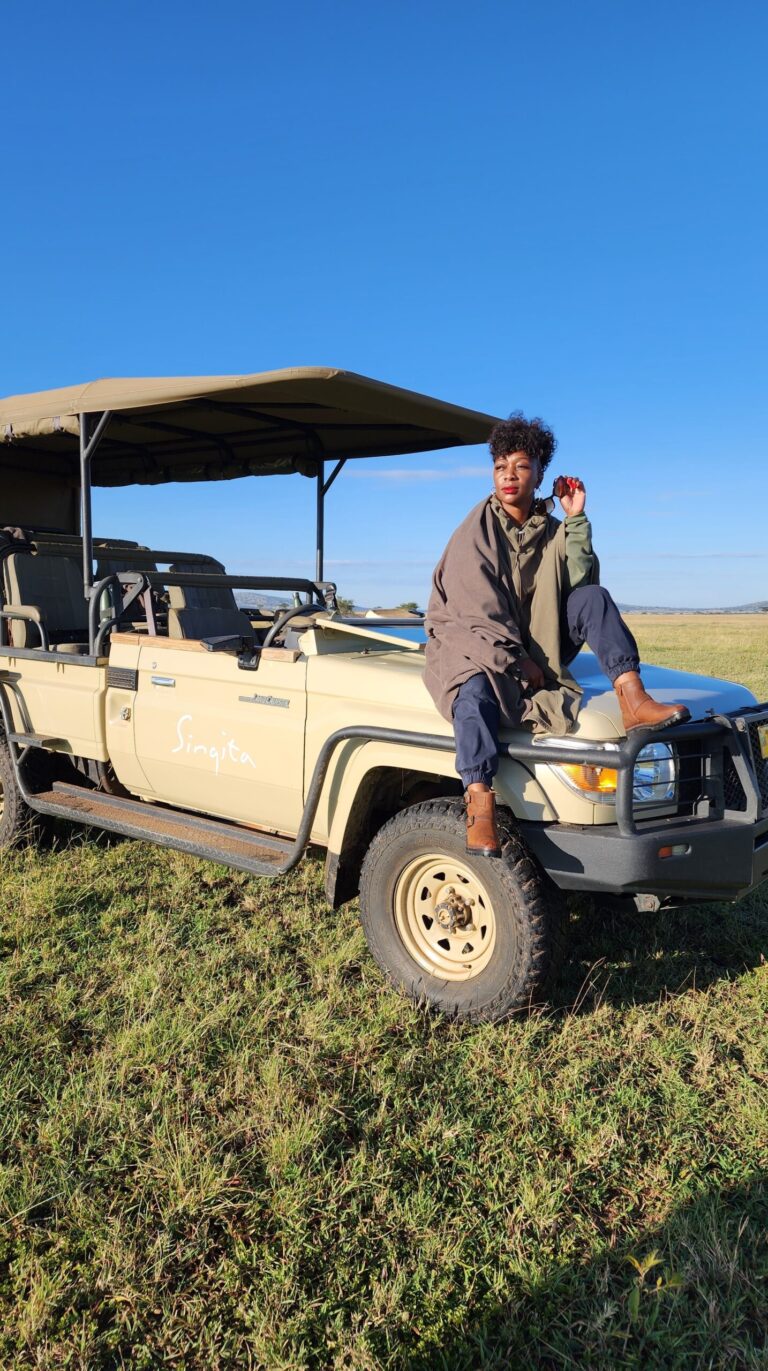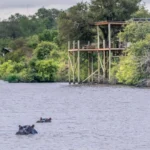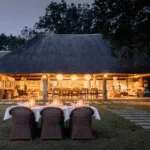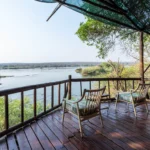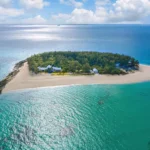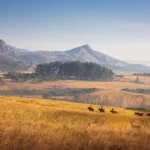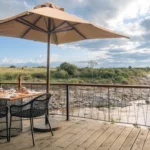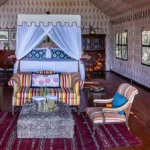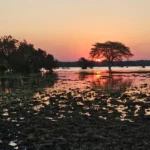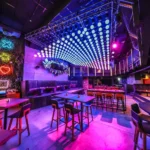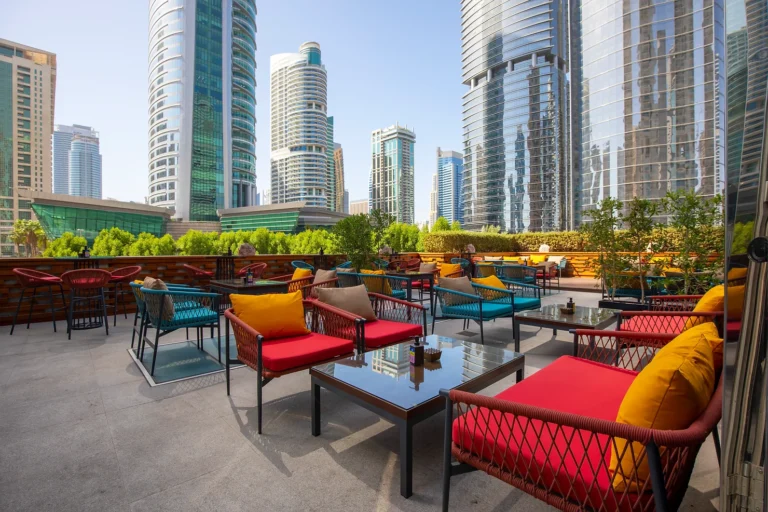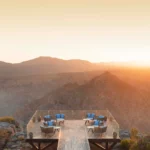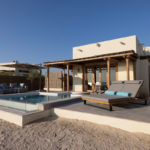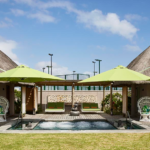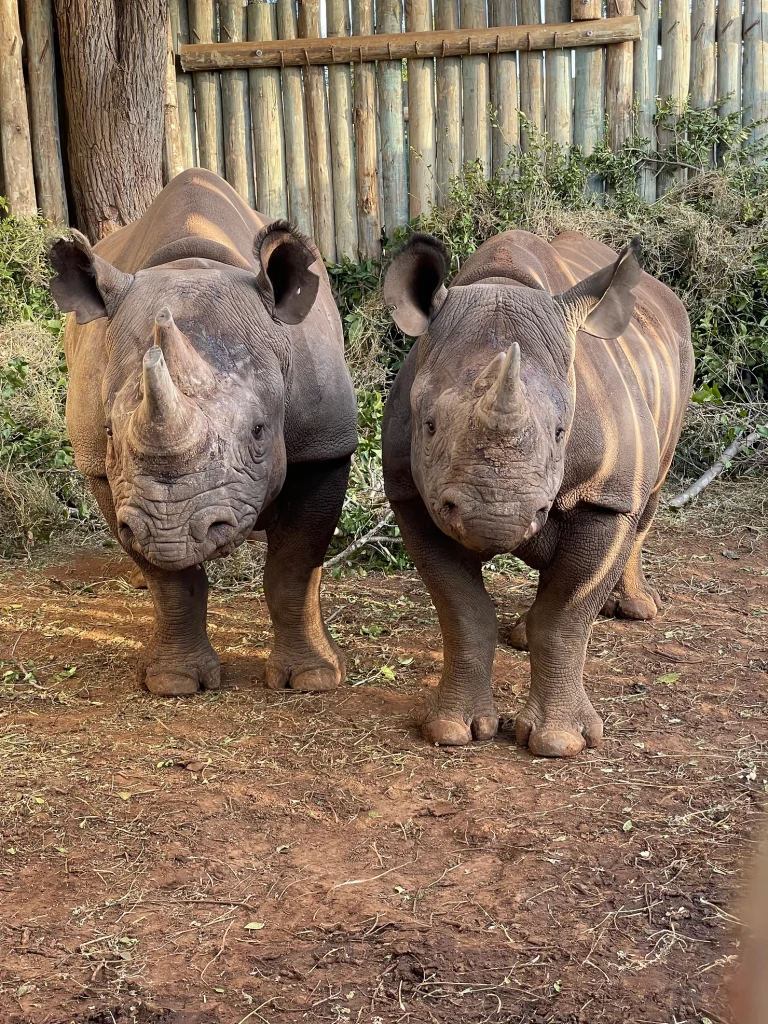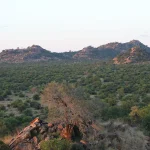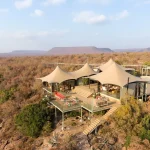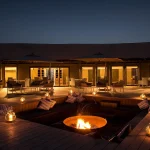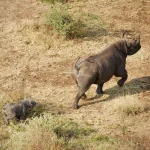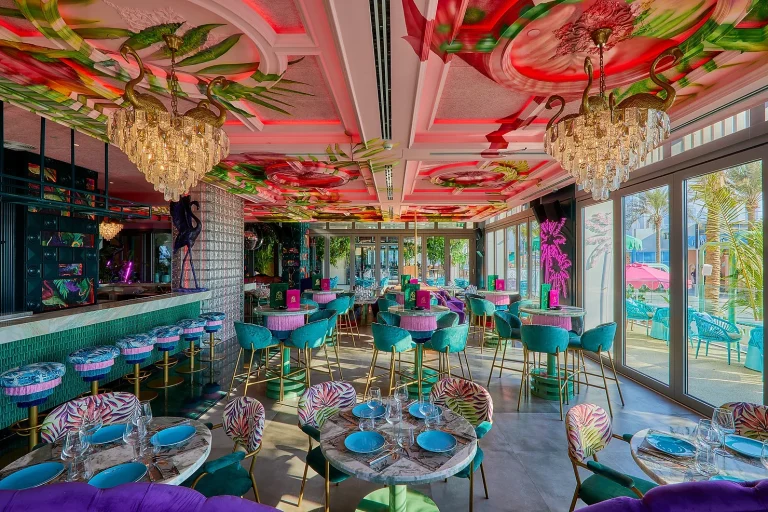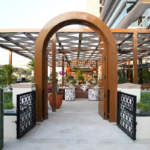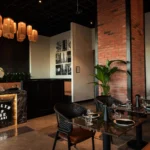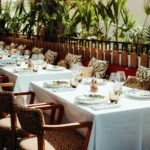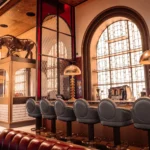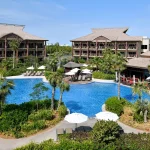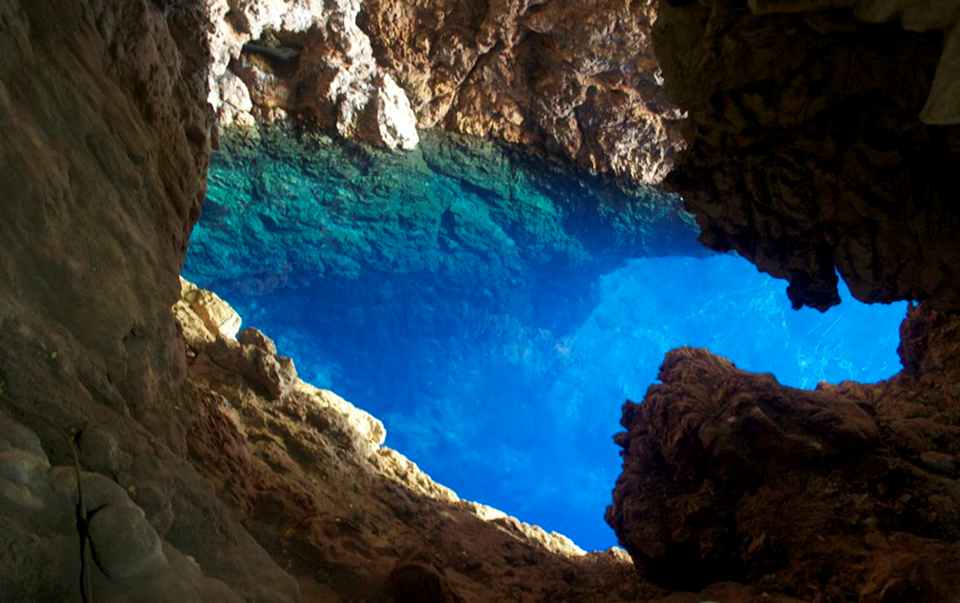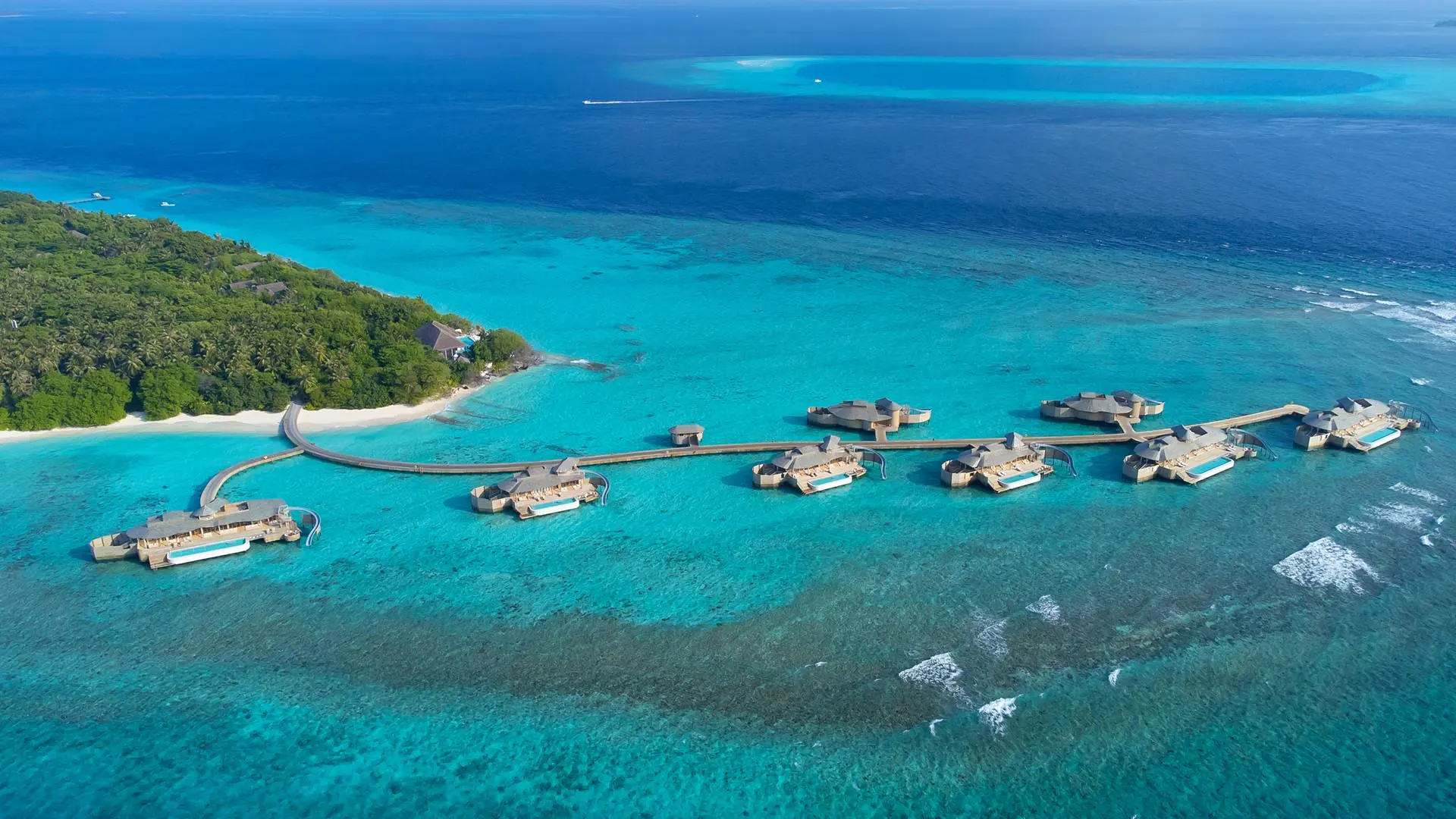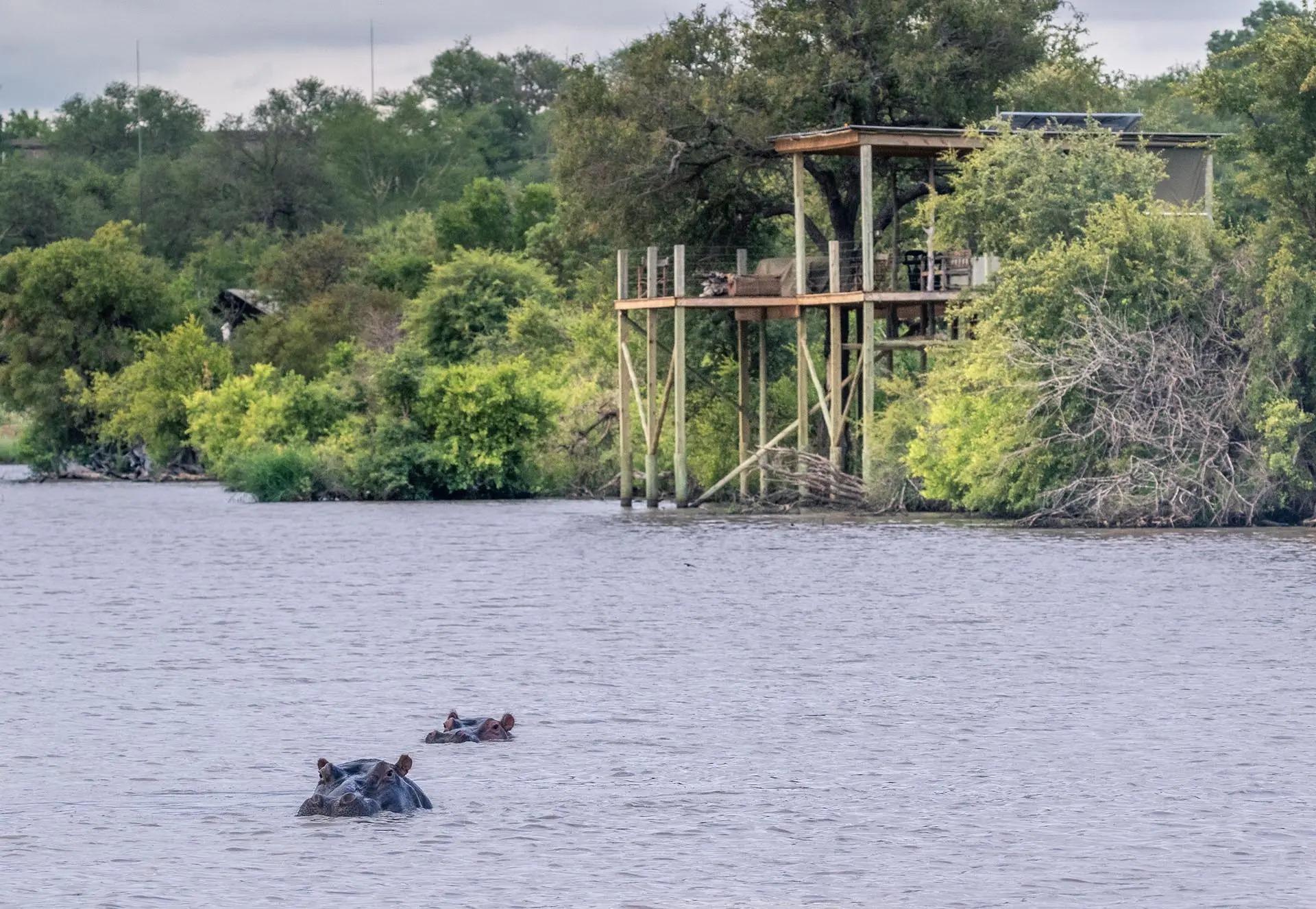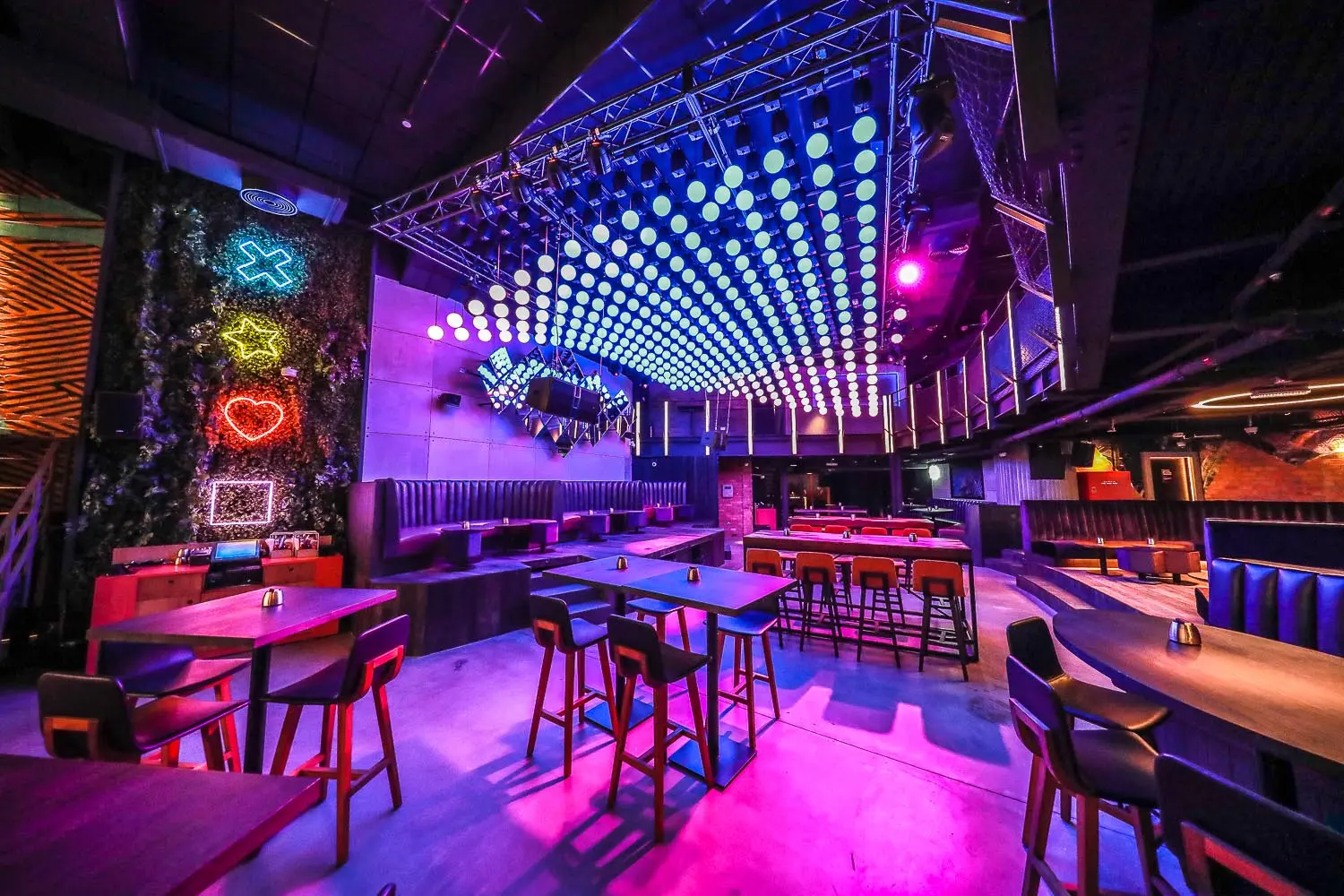A family-friendly destination within the Zambezi Valley, the Chinhoyi Caves are a monumental tourist location in Zimbabwe’s Mashonaland West Province. A naturally formed phenomenon, the caves remain a marvel to explore for both local and international tourists, with the area around the caves only declared a National Park as well as a National Monument in 1957. Later in 1975, the same land was transformed into a Recreational Park in a bid to protect the mesmerizing caves.
Chinhoyi Caves are characteristic of hollows and tunnels composed of dolomite and limestone primarily, which lead one on a descent to the main caves that present a stunningly crystal-clear body of blue water. This pool within the caves is known as the ‘Sleeping Pool’ due to its stagnant water, and the Light Pool because of sun’s illumination directly onto the clear water.
Unearthing the history
Traditionally the caves are called “Chirorodziva” which means the “Pool of the Fallen.” Historically, the name dates back to the 1830s, at a time when the migrating Angoni Tribe waylaid the society residing adjacent to the caves and hurled the bodies into the pool. Additionally, this nomenclature is also drawn from Chief Nyamakwere’s cruel acts whereby he would throw his rivals into the sacred pool by tying them with a stone so that the body would not emerge above water. Later on, the area was named after headman Chinhoyi, after he killed the notorious Chief Nyamakwere; taking over the chieftainship. With dangerous parts sealed off, Chinhoyi Caves have become a popular stopover and popular Recreational Park, especially for visitors looking for a day trip outside the nearby urban centers.
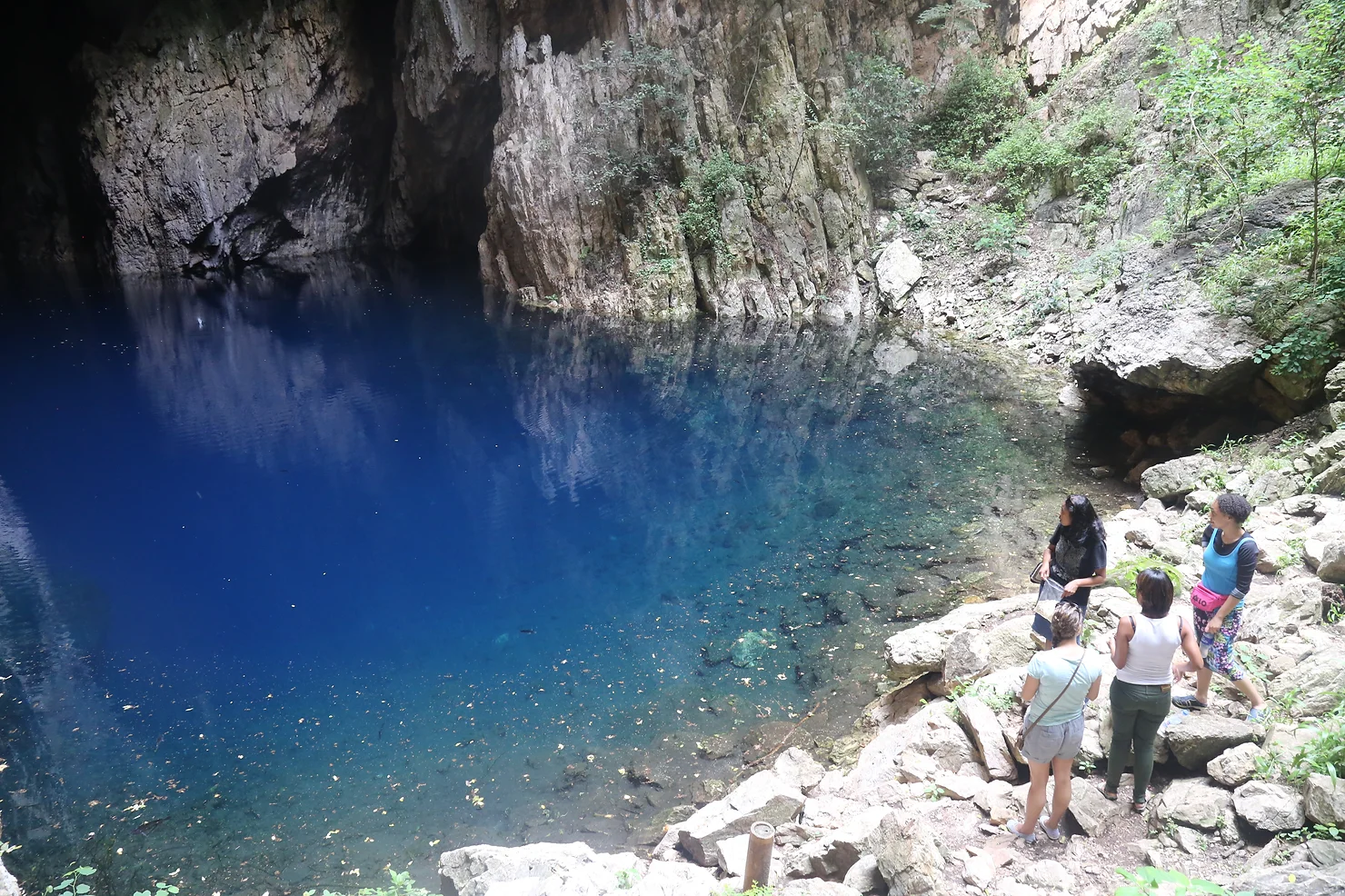
Behold, the mystery of the Chinhoyi Caves
A place engrossed with mysteries and myths has proven to be a charm for all tourists. For centuries there existed a fig tree and it was believed by the locals that Zimbabwean ancestors would come to the tree every time they were hungry and clap in some sort of symbolic ritual, with sumptuous meals later served on wooden plates. These occurrences are believed to have transpired before the great hunter Frederick Courteney Selous first documented the splendor of the caves in 1887.
Composed of the Wonder Hole, Sleeping Pool, and the Dark Cave, Chinhoyi Caves are to this day, still believed to be sacred. Some say, as is synonymous with African traditional beliefs, spirit mediums visit the place for ancestral worship while also paying homage to the Caves as a site for cultural ceremonies. The average tourist, however, visits the Chinhoyi Caves not so much to delve into the history of the rituals said to have been practiced there, but to appreciate the wonder of nature, in this stunning exhibition of dolomite and limestone formations that have surrendered to earth’s natural metamorphic process. The quiet attraction is one that offers an air of mysticism, as much as it is a spectacular showcase of the cave system’s formation.
Inside the Chinhoyi Caves
The Wonder Hole is the main feature of the caves. It is a large cavern with a collapsed roof, dropping vertically for 46m to the Sleeping Pool. The Sleeping Pool remains the main attraction of these caves; a marvelous site for both divers and non-divers. The pool is believed to be 91m depending on the season and it is connected to a series of much deeper underground tunnels. It remains a complete fascination to divers as the pool’s temperature stays at a constant 22 Degrees Celsius all year round. The Sleeping Pool’s warm cobalt blue waters have gained popularity amongst cave divers who have gone as deep as 136m. Its actual depth remains a mystery; adding to the charming nature of this place. Quiet a place like no other, Chinhoyi Caves is a must-visit for the best cave diving experience and scenic views.
In addition to the traditional scenic cave viewing, the introduction of a lion enclosure adds another activity to diversify the tourism product, offering guests an enhanced tourist experience. The enclosure is home to two beasts; Kenya and Dingani. Further additions are expected in a bid to enhance this blossoming attraction.
On the property, there also is a campsite and caravan sites for adventurers looking for accommodation to turn their visit into an overnight stay. Easily accessible on the first half of the Harare-Kariba highway, the Chinhoyi Caves are just an hour and a half out of the capital city of Harare.






